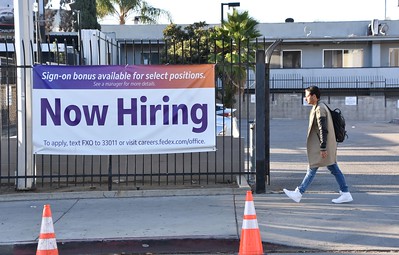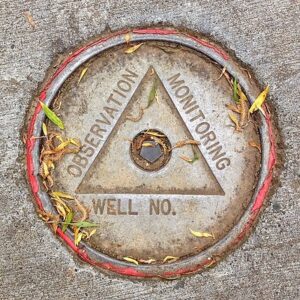The Bureau of Labor Statistics released its monthly state unemployment data today. Michigan’s unemployment rate dropped nominally, from 4.3% in June to 4.2% in July. Overall, state employers added almost 26,000 jobs. Michigan’s unemployment rate is still higher than the national average of 3.5%.
Economists now say that the labor market has returned to its pre-pandemic state, and the US labor market is at peak employment. In addition, the BLS data show that wages have risen alongside inflation, rising an average of 5%.
Rising employment and rising wages will present a challenge for community colleges hoping to increase enrollment in the fall. The unemployment rate among persons ages 20 or older is 3.1% overall. Among persons aged 20-24, unemployment is 6.4%, but this is dropping. In July 2021, unemployment among young adults in this age bracket was 9%.
The unemployment data for adults in this age group is significant. The number of females enrolled in college has outpaced male students for years. Selling young women on the value of college has not been difficult. Currently however, the unemployment rate among women ages 20-24 is 5.4%, lower than unemployment for the bracket overall and a 2.3% drop from July 2021. With more young women in the workforce and with earnings on the rise, convincing them to enroll in college programs may be an uphill battle.
Lower-than-average unemployment among young females must mean that unemployment among young males must be higher. In fact, unemployment among males ages 20-24 was 7.3%, a decline from 10.2% in July 2021. The data also show that in the last year, males in this age bracket entered the workforce at a slightly faster rate than females did.
Unemployment rate isn’t signaling a recession
The unemployment rate among people 25+ is even tighter, at 2.5% for both male and female workers. This could make programs like Michigan Reconnect – which specifically targets prospective students over the age of 25 – less enticing. Recently, Michigan Reconnect accepted its 100,000th applicant. That’s great news, but the number of applicants who have gone on to enroll in a qualifying academic program is much lower.
So, the question for community college executives is, “How do you intend to increase enrollment under these circumstances?” While some economic indicators (like housing starts and housing sales) point to a slowdown in consumer spending, the super-hot job market doesn’t seem to confirm that a recession is either here or on the way. (To be fair, the jury is still out on whether a recession is beginning.)
Waiting for a recession is not a strategy to reverse declining enrollment. Instead, increasing the value of a community college degree is always an option, but it takes work and investment on the part of the institution. For WCC, it might mean putting the hotel plan on the back burner and using the money to invest in academic programs and facilities instead. People must have a reason to enroll in college. If the result of degree or a sub-degree certification does not raise their wages significantly, there’s really no point in going to school, is there?
Photo Credit: Chris Yarzab< a>, via Flickr



















